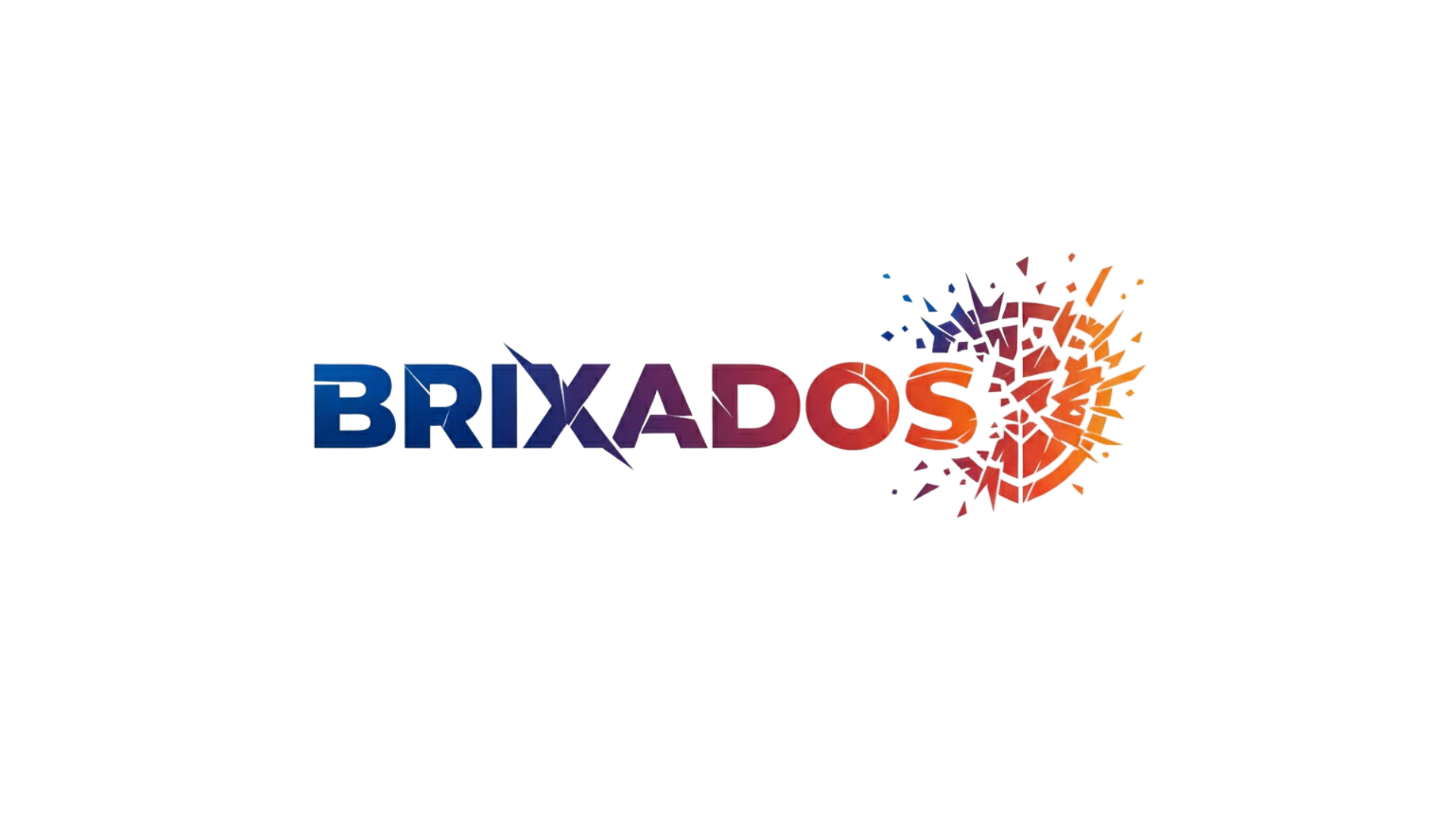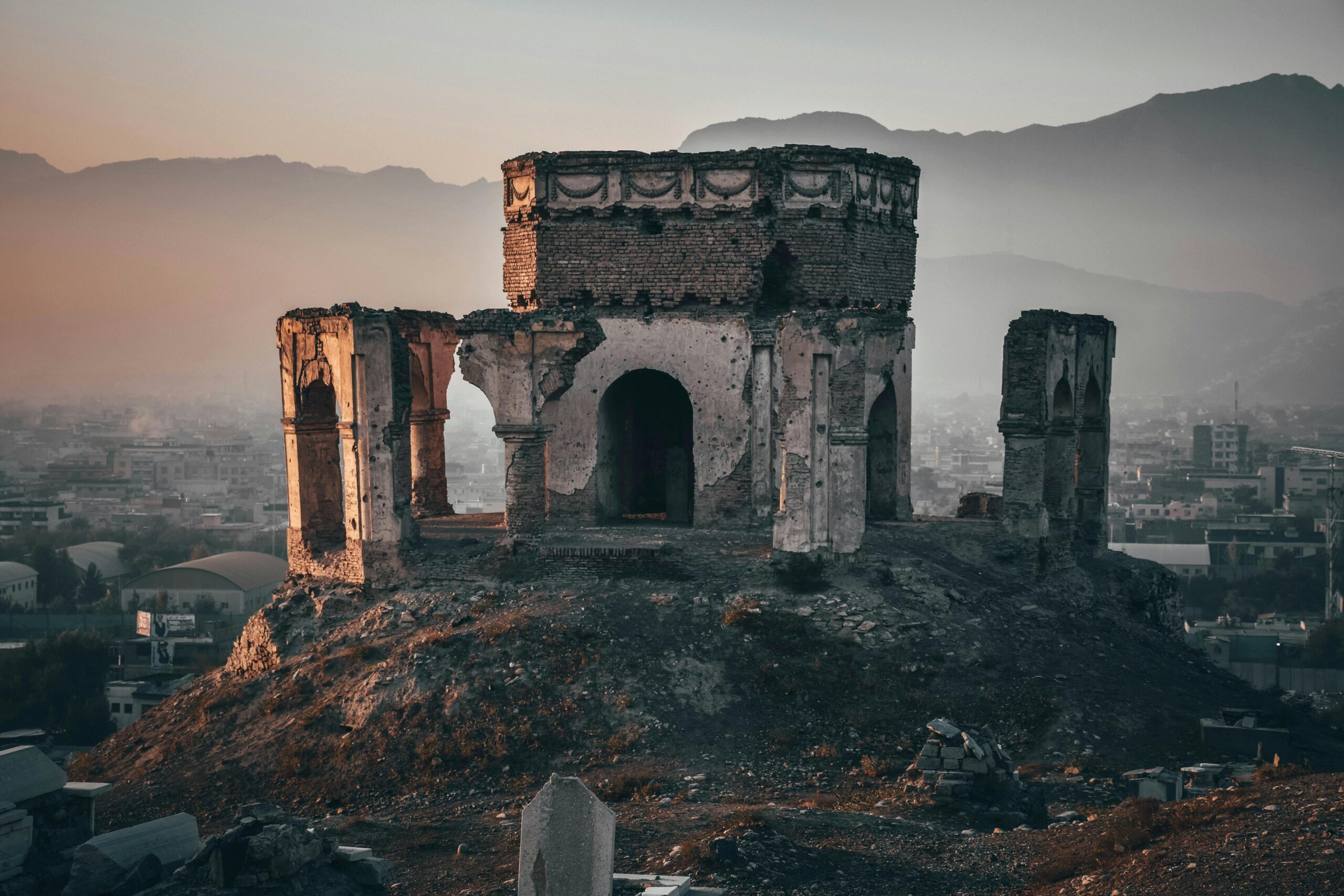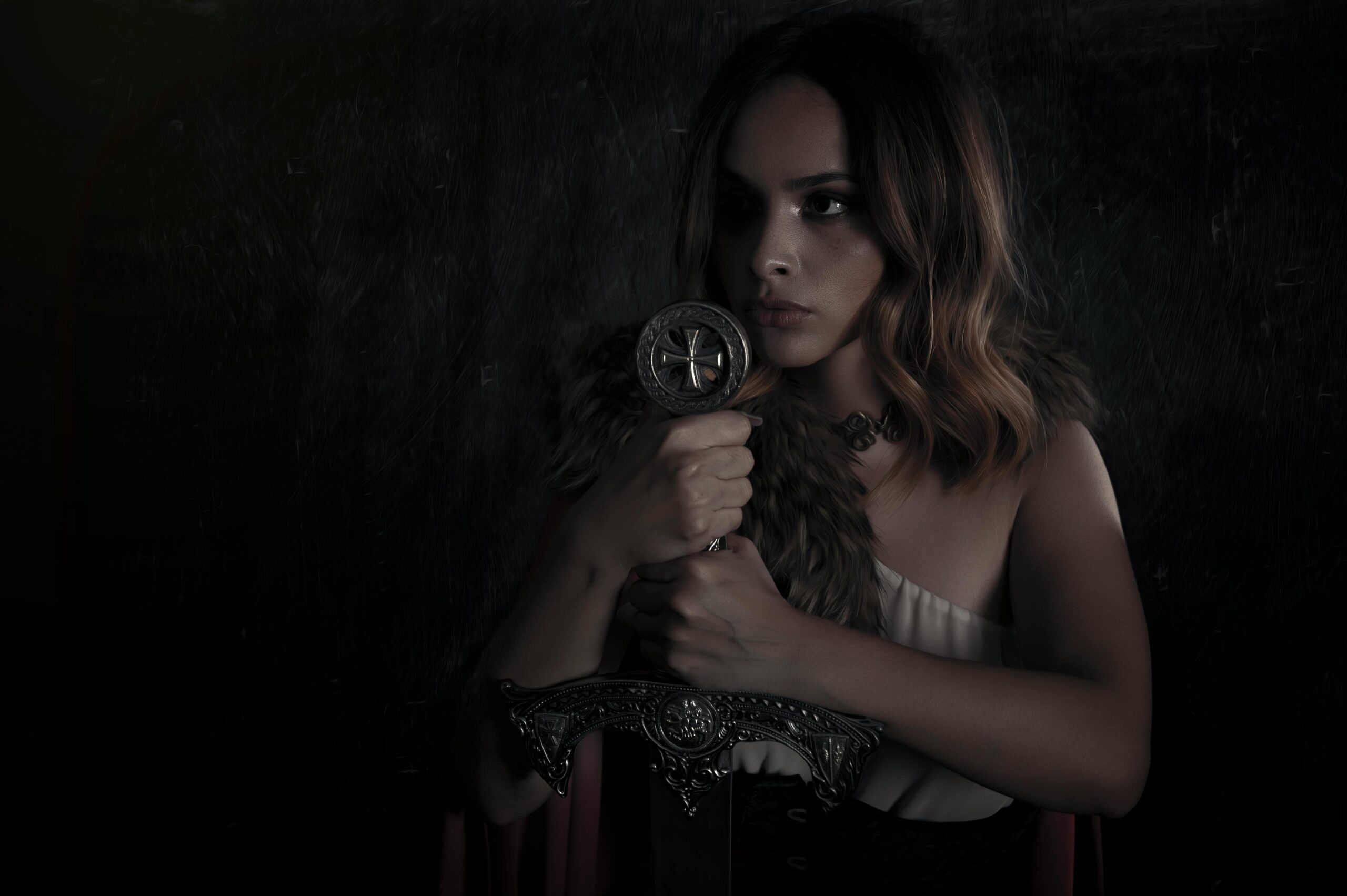The Great Mother archetype represents one of humanity’s oldest and most profound symbols, weaving through civilizations as a testament to the divine feminine’s enduring influence on our collective consciousness.
🌙 The Ancient Roots of the Great Mother Archetype
Long before patriarchal religions dominated the spiritual landscape, humanity revered the Great Mother as the supreme creative force. Archaeological evidence from the Paleolithic era reveals countless fertility figurines and goddess statues, suggesting that our ancestors understood the divine primarily through feminine imagery. These ancient representations weren’t merely artistic expressions; they embodied humanity’s deepest understanding of life, death, and regeneration.
The Great Mother archetype encompasses far more than biological motherhood. She represents the Earth itself, the cosmos, and the mysterious forces that govern existence. From the Venus of Willendorf to the elaborate temples of Çatalhöyük, ancient peoples honored this feminine principle as the source of all creation. This wasn’t worship born from ignorance but rather a sophisticated recognition of the cyclical nature of existence reflected in women’s bodies and the Earth’s seasons.
In Mesopotamia, Inanna ruled as Queen of Heaven and Earth. In Egypt, Isis embodied magical wisdom and maternal protection. The Greek Demeter controlled the harvest and life’s abundance, while in India, Shakti represented the dynamic feminine energy that animates the universe. These weren’t isolated cultural phenomena but expressions of a universal human understanding of the divine feminine principle.
🔮 Psychological Dimensions of the Divine Feminine
Carl Jung revolutionized our understanding of the Great Mother by positioning her as a fundamental archetype within the collective unconscious. According to Jungian psychology, archetypes are inherited patterns of thought and imagery that shape human experience across cultures and time periods. The Great Mother archetype manifests in both positive and negative aspects, reflecting the full complexity of the feminine principle.
The positive maternal archetype offers nourishment, protection, fertility, and unconditional love. She represents the secure container in which growth occurs, the abundant garden that sustains life, and the compassionate heart that heals wounds. This aspect appears in dreams, myths, and cultural symbols as the good mother, the nurturing goddess, or the protective feminine presence that guides and supports.
However, Jung also recognized the shadow side of this archetype: the devouring mother who smothers rather than nurtures, who demands absolute dependency, and who refuses to allow her children to mature and separate. This darker dimension appears in fairy tales as the wicked stepmother or witch, and in mythology as destructive goddesses like Kali or the Morrigan. Understanding both aspects provides psychological wholeness and prevents one-dimensional interpretations of the feminine principle.
The Great Mother in Individual Development
Every person’s psychological development involves navigating their relationship with the maternal archetype. Our personal mothers serve as the first embodiment of this principle, but the archetype extends far beyond individual parenting. How we internalize and integrate the Great Mother archetype profoundly affects our capacity for self-nurturing, our relationship patterns, and our sense of belonging in the world.
Men must differentiate from the maternal archetype to develop mature masculine identity, while women must consciously relate to it to integrate their own feminine power without being overwhelmed by it. This psychological work forms the foundation for healthy adult relationships and creative expression. When this integration fails, individuals may struggle with dependency issues, fear of abandonment, or difficulties in establishing autonomy.
🌍 Cultural Manifestations Across Civilizations
The Great Mother archetype has manifested differently across various cultures, yet certain core themes remain remarkably consistent. This universality suggests that the divine feminine represents something fundamental to human consciousness rather than merely cultural conditioning.
In indigenous traditions worldwide, Earth is understood as Mother—not metaphorically but literally. The Andean concept of Pachamama, the Native American understanding of Mother Earth, and the African veneration of earth goddesses all reflect this perspective. These traditions maintain that humanity’s relationship with the planet is filial; we are children of the Earth, dependent upon her generosity and subject to her laws.
Eastern philosophies developed sophisticated understandings of the feminine principle. In Taoism, the yin represents receptivity, depth, and the fertile void from which all emerges. Tantric Buddhism recognizes Prajna as wisdom’s feminine embodiment, while Hinduism’s Shakti represents the dynamic energy without which Shiva, the masculine principle, remains inert. These aren’t subordinate concepts but recognition that existence requires the interplay of masculine and feminine principles.
The Virgin Mary: Christianity’s Great Mother
Despite Christianity’s predominantly patriarchal structure, the Virgin Mary emerged as a powerful expression of the Great Mother archetype. Her cult provided a feminine divine face in a religion that officially recognized only masculine divinity. Mary’s compassion, intercession, and maternal love offered believers a connection to the divine feminine that theological doctrine had otherwise suppressed.
The veneration of Mary, particularly in Catholic and Orthodox traditions, reveals humanity’s persistent need for the maternal divine. Pilgrimages to Marian shrines, prayers for her intercession, and the emotional devotion she inspires demonstrate that the Great Mother archetype cannot be eliminated from religious consciousness, even when official theology attempts to do so.
⚖️ The Suppression and Its Consequences
The rise of patriarchal religions and social structures systematically suppressed the Great Mother archetype, with profound consequences for society and individual psychology. This suppression wasn’t merely theological but involved systematic devaluation of feminine qualities, women’s autonomy, and nature-based spirituality.
The European witch hunts represent perhaps the most violent manifestation of this suppression. Estimates suggest that between 40,000 and 100,000 people, predominantly women, were executed for witchcraft between the 15th and 18th centuries. These persecutions targeted midwives, herbalists, and women who maintained knowledge of pre-Christian healing practices—practitioners who embodied aspects of the Great Mother archetype.
Beyond physical violence, the suppression involved cultural erasure. Goddess temples became churches dedicated to male saints. Female deities were demonized or reduced to minor figures. Feminine spiritual authority was eliminated, and women were excluded from religious leadership. This systematic devaluation of the feminine created a spiritual imbalance that continues affecting contemporary society.
Psychological and Social Costs
When the divine feminine is suppressed, certain human capacities become devalued. Intuition is dismissed as irrational. Emotional intelligence is considered weakness. Receptivity is confused with passivity. Connection to nature becomes primitive superstition. These devaluations don’t merely affect women; they impoverish everyone’s psychological and spiritual development.
Contemporary social problems—ecological destruction, addiction epidemics, epidemic loneliness, and disconnection from meaning—can be partially understood as consequences of this imbalance. Without the Great Mother’s grounding presence in our collective consciousness, society loses connection to cycles, limits, interdependence, and the sacred dimension of embodied existence.
🌸 The Modern Resurgence of the Divine Feminine
Recent decades have witnessed a remarkable resurgence of interest in the Great Mother archetype and divine feminine spirituality. This isn’t merely nostalgia but represents a collective attempt to restore psychological and spiritual balance. Feminist spirituality, ecofeminism, goddess spirituality, and women’s circles reflect this growing recognition that something essential was lost and must be reclaimed.
Contemporary women increasingly reject religious traditions that exclude them from leadership and divine representation. They’re creating new spiritual practices that honor feminine experience, celebrate women’s bodies, and recognize the sacred in nature. This movement isn’t about rejecting the masculine but rather insisting on the feminine’s equal validity and necessity.
Men, too, are recognizing the importance of integrating the feminine principle. The men’s movement, particularly in its more psychologically sophisticated expressions, acknowledges that mature masculinity requires honoring the feminine both externally and within oneself. This represents a significant shift from patriarchal masculinity’s defensive rejection of all things feminine.
Goddess Spirituality and Neopaganism
Neopagan movements, particularly Wicca and goddess spirituality, have created contemporary religious frameworks centered on the divine feminine. These traditions draw on ancient practices while adapting them to modern consciousness. They emphasize nature’s sacredness, celebrate seasonal cycles, and honor the Goddess in her multiple aspects.
While critics dismiss these movements as invented traditions, their psychological and spiritual validity doesn’t depend on historical continuity. They address real needs that mainstream religions have failed to meet, particularly for women seeking spiritual paths that honor rather than devalue feminine experience.
🌿 Environmental Implications and Ecofeminism
The connection between the suppression of the divine feminine and ecological destruction is more than metaphorical. Ecofeminist thinkers have demonstrated how patriarchal consciousness that devalues the feminine also exploits and dominates nature. Both women and Earth become objects to be controlled rather than subjects deserving respect and care.
Indigenous wisdom that honors Earth as Mother offers crucial insights for our ecological crisis. This perspective recognizes that humanity’s relationship with nature must be reciprocal rather than extractive. We don’t merely take from the Earth; we’re called to give back, to honor, and to maintain balance. This isn’t romantic environmentalism but a sophisticated understanding of interdependence.
Restoring the Great Mother archetype to cultural consciousness may be essential for developing the ecological ethics necessary for planetary survival. When we recognize Earth as sacred Mother rather than resource to be exploited, our behavior naturally shifts toward sustainability and reverence. This doesn’t require everyone to adopt goddess spirituality, but it does require recognizing the wisdom embedded in this ancient understanding.
💫 Integrating the Divine Feminine in Daily Life
Honoring the Great Mother archetype isn’t merely an intellectual exercise or religious practice; it involves concrete changes in how we live. Integration requires attention to cycles, cultivation of receptivity, honoring the body, and recognizing interdependence. These practices benefit everyone regardless of gender.
Paying attention to natural cycles—seasons, moon phases, and bodily rhythms—reconnects us with the Great Mother’s wisdom. Modern life’s linear, always-on mentality ignores these cycles at great cost. Learning to rest, to honor fallow periods, and to recognize that growth requires receptive phases represents practical application of feminine wisdom.
Developing intuition and trusting inner knowing also honors the divine feminine. Patriarchal culture privileges rational, linear thinking while dismissing intuitive knowing as unreliable. Yet neuroscience increasingly validates intuition as rapid pattern recognition that accesses information unavailable to conscious reasoning. Learning to trust and develop intuitive capacity enriches decision-making and deepens self-understanding.
Practical Ways to Honor the Great Mother
- Create personal rituals that honor life transitions and seasonal changes
- Spend regular time in nature, recognizing Earth as sacred rather than merely scenic
- Practice embodiment through yoga, dance, or mindful movement that honors the body’s wisdom
- Cultivate nurturing capacities toward yourself and others without enabling dependency
- Study myths and stories of goddesses and the divine feminine from various traditions
- Support women’s leadership and feminine values in professional and community settings
- Engage in creative practices that allow receptivity and emergence rather than forced production
- Practice gratitude for abundance and recognize interdependence in all aspects of life
🎭 Artistic and Literary Expressions
Artists and writers have long drawn on the Great Mother archetype, even during periods when she was officially suppressed. Literature, visual arts, music, and film continue exploring feminine divine power, often offering critique of patriarchal structures while celebrating feminine wisdom and strength.
Contemporary artists increasingly create work explicitly honoring the divine feminine. Judy Chicago’s “The Dinner Party” celebrates women’s historical contributions through goddess imagery. Musicians like Björk and Tori Amos draw on feminine spiritual themes. Writers such as Margaret Atwood, Ursula K. Le Guin, and Clarissa Pinkola Estés explore feminine archetypes and critique patriarchal mythology.
These artistic expressions serve crucial cultural functions. They make the divine feminine visible in mainstream consciousness, validate feminine experience, and offer alternative narratives to patriarchal stories. Art becomes a means of collective healing and transformation, helping society reimagine gender, power, and the sacred.

🌟 The Path Forward: Balance Rather Than Reversal
Honoring the Great Mother archetype doesn’t mean replacing patriarchy with matriarchy or dismissing masculine principles. True wisdom recognizes that both feminine and masculine energies are essential, and that health requires their balanced integration. The goal isn’t feminine domination but rather restoration of equilibrium after millennia of imbalance.
Mature societies need both masculine structure and feminine flow, both yang action and yin receptivity, both logos and eros. The problem with patriarchy isn’t masculinity itself but rather the devaluation and suppression of the feminine. Similarly, any future matriarchy that devalued the masculine would create different but equally problematic imbalances.
The Great Mother teaches us that life emerges from darkness and void, that death is as sacred as birth, and that all existence is interconnected. These aren’t exclusively feminine insights, but they’ve been associated with feminine consciousness and systematically devalued in patriarchal cultures. Reclaiming them benefits everyone by restoring wholeness to collective consciousness.
As we face unprecedented global challenges—climate crisis, political polarization, mental health epidemics, and spiritual hunger—the wisdom of the Great Mother archetype offers essential guidance. Her teachings about cycles, limits, interdependence, and sacred embodiment provide exactly what our disconnected, extractive culture most urgently needs. By unveiling her power and integrating her wisdom, we create possibilities for a more balanced, sustainable, and spiritually vital future.
Toni Santos is a myth-psychology researcher and narrative writer exploring how archetypes, symbols and human story converge to shape mind, culture and meaning. Through his studies on the collective unconscious, comparative mythology and symbolic dream interpretation, Toni examines how the myths we tell reflect the patterns we live — and how awareness of these patterns can spark transformation. Passionate about hero’s journeys, mythic motifs and dream-language, Toni focuses on how story acts as both mirror and map for inner depth and growth. His work highlights the bridges between myth, psyche and culture — guiding readers toward a deeper encounter with themselves and the stories they carry. Blending psychology, mythology and narrative theory, Toni writes about the hidden architecture of meaning — helping readers understand how symbols, stories and dreams shape experience and identity. His work is a tribute to: The power of myth to reveal the unseen structures of psyche The journey from archetype to individual lived story The art of dream-language as a path to wholeness Whether you are a storyteller, psychologist or traveller in the inner landscape, Toni Santos invites you to explore the mythic dimension of mind — one symbol, one myth, one insight at a time.




